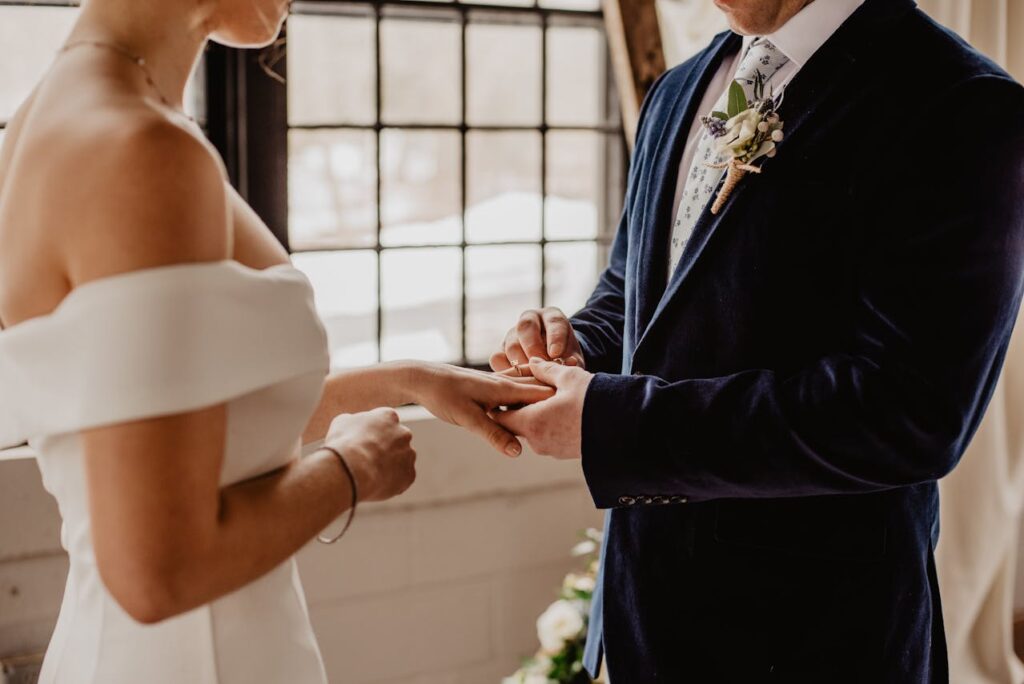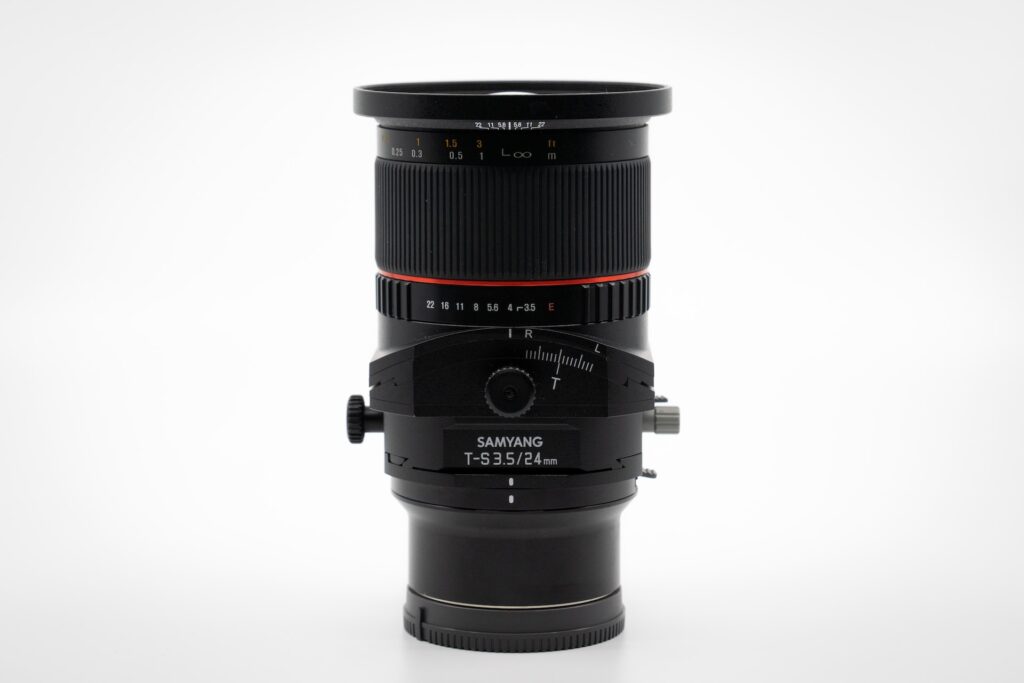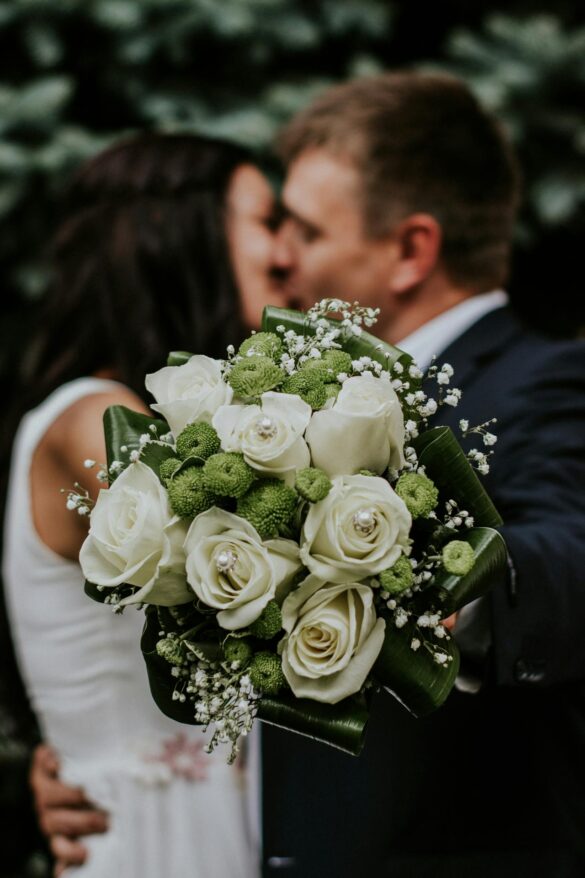Table of Contents
Weddings are among the most beautiful yet challenging events to photograph. The emotions are high, the lighting is unpredictable, and the moments are fleeting. Unlike staged photoshoots, weddings require you to anticipate action, adjust quickly, and capture once-in-a-lifetime memories.
This guide will teach you professional wedding photography tips to help you take stunning photos. You will learn about camera settings, positioning, lighting, composition, and practical hacks that ensure the bride and groom receive a collection of photos they will treasure forever. Whether you are a beginner or aspiring professional, this article is worth reading because it covers everything from preparation to post-processing, using both technical and creative strategies.
Why Is Wedding Photography So Challenging Yet Rewarding?
Wedding photography is demanding because the event moves quickly. From morning preparations to the final dance, every moment matters. Missing a key shot, like the vows or the first kiss, cannot be fixed later.
However, the challenge is also the reward. You get to capture raw emotions: laughter, tears, joy, and excitement. Each photograph becomes part of a couple’s lifelong memory. Unlike commercial photography, weddings are deeply personal, which makes your work meaningful.
As a wedding photographer, you also deal with diverse conditions—bright churches, dim receptions, or outdoor gardens. Mastering these conditions improves your overall photography skills dramatically.
What Essential Gear Do You Need for Wedding Photography?
Having the right gear is critical for weddings. Even the best skills cannot compensate for poor preparation. A wedding lasts many hours, so you must be ready.
Here is a gear checklist:
| Gear | Why It Matters | Professional Tip |
|---|---|---|
| DSLR or Mirrorless Camera | High image quality, versatile | Carry at least two camera bodies |
| Lenses (wide, portrait, telephoto) | Different scenes require different focal lengths | Use fast lenses for low light |
| Tripod/Monopod | Stability for long exposures | Essential for dimly lit receptions |
| External Flash | Better lighting control | Bounce flash for softer effect |
| Batteries & Chargers | Long events drain power | Carry more than you think you’ll need |
| Memory Cards | Avoid running out of space | Use multiple smaller cards instead of one large |
Preparation ensures you don’t miss a single important shot because of equipment failure.
How Important Is Battery Life and Memory Storage?
Weddings drain batteries faster than most events. Constant shooting, reviewing images on LCD screens, and using flash quickly reduce battery power. Running out of power is unacceptable at a wedding.
Always carry extra batteries—more than you think you’ll need. A professional tip is to charge everything the night before, including spare batteries for flashes. Store them in a labeled pouch for easy swapping.
Equally important is memory storage. Wedding photography produces hundreds, sometimes thousands of photos. Use high-capacity, high-speed cards but avoid relying on a single card. Distribute images across multiple cards in case of corruption or loss.
| Storage Strategy | Advantage | Disadvantage |
|---|---|---|
| One large card | Fewer swaps | Risk of total loss |
| Multiple smaller cards | Safer backup | Requires swapping during event |
| Dual-slot cameras | Automatic backup | Limited to pro-level models |
Which Wedding Moments Should You Never Miss?
Some moments in a wedding cannot be recreated. These must be captured at all costs. Missing them could disappoint the couple.

Key wedding moments include:
- Bride and groom getting ready
- Walk down the aisle
- Exchange of vows
- First kiss
- Ring exchange
- Cake cutting ceremony
- First dance
- Parents and family interactions
In addition, look for candid “Kodak moments.” Children often provide spontaneous, funny expressions. Parents shed emotional tears worth capturing. These candid shots add personality to the wedding album.
The secret is anticipation. Position yourself before moments happen, so you’re ready to shoot instantly.
How Should You Handle Low Light Situations?
Low light is one of the biggest challenges in weddings, especially receptions. Flash often ruins the mood, so you need alternative strategies.
Increase your ISO sensitivity to 400 or even 800. This lets your camera capture more light without using flash. Yes, it introduces noise, but editing software can reduce it. A noisy image is better than a missed memory.
Also, use fast lenses with wide apertures (f/1.8 or f/2.8). These lenses allow more light to reach the sensor, giving you sharp images even in dim conditions.
What Are the Best Camera Settings for Weddings?
The right settings depend on the moment. Weddings require flexibility, as lighting and movement constantly change.
| Situation | ISO | Aperture | Shutter Speed | Notes |
|---|---|---|---|---|
| Ceremony indoors | 400–800 | f/2.8–f/4 | 1/60–1/125 | Avoid flash |
| Outdoor portraits | 100–200 | f/4–f/8 | 1/200+ | Use natural light |
| Reception dancing | 800–1600 | f/2.8 | 1/125+ | Anticipate movement |
| Detail shots (rings, flowers) | 100 | f/5.6–f/8 | Variable | Use tripod if needed |
Always shoot in RAW format. RAW files give more control during editing, allowing you to adjust exposure, white balance, and sharpness later.
How Can You Avoid Red Eye and Harsh Flash Problems?
Red eye occurs when light from flash reflects off the retina. At weddings, this is common because many shots are taken indoors.
Most cameras have red-eye reduction, but it rarely works at long distances. Instead, use an external flash. Point it upwards or sideways to bounce light off walls or ceilings. This softens shadows and reduces red eye.
If red eye still occurs, fix it later with editing tools. Free software like Picasa or professional tools like Photoshop can correct it instantly.
| Flash Technique | Result | Difficulty |
|---|---|---|
| Direct flash | Harsh, flat, red-eye risk | Easy |
| Bounce flash | Soft, natural light | Moderate |
| Diffuser flash | Reduces shadows | Easy |
Should You Use Optical Zoom or Get Closer?
Wedding photographers often face the choice of zooming or moving physically closer. Optical zoom maintains image quality, while digital zoom degrades it.

If your camera has strong optical zoom, use it for distant moments like the vows. However, whenever possible, move closer instead of relying on zoom. Closeness provides sharper images and better emotional connection.
Digital zoom should always be avoided. It crops the image, reducing sharpness and detail.
| Method | Image Quality | Emotional Impact | Professional Tip |
|---|---|---|---|
| Optical Zoom | Good | Medium | Use sparingly |
| Digital Zoom | Poor | Low | Avoid entirely |
| Moving Closer | Best | High | Blend in discreetly |
How to Capture Action and Movement at Weddings?
Weddings are full of movement—walking down the aisle, dancing, bouquet throwing. Capturing these requires timing and preparation.
One technique is anticipation. Like sports photography, predict the action. Press the shutter halfway to focus before the moment occurs. This reduces lag and ensures you don’t miss the shot.
Also, take multiple frames in burst mode. Instead of one photo, capture a sequence. Later, select the best frame. This approach guarantees you won’t miss the peak of the action.
What Common Mistakes Do Wedding Photographers Make?
Even skilled photographers make mistakes during weddings. Avoiding these pitfalls will set you apart.
Common mistakes include:
- Overusing flash and ruining the atmosphere
- Forgetting to capture family members and parents
- Running out of memory or batteries
- Staying too far and missing emotional expressions
- Relying on digital zoom instead of moving closer
- Not practicing with the camera before the wedding
Preparation and awareness prevent these errors. Weddings are once-in-a-lifetime events—mistakes cannot be undone.
Final Checklist: Key Wedding Photography Tips to Remember
- Always carry extra batteries and memory cards.
- Capture both traditional moments and spontaneous candid shots.
- Increase ISO for low light instead of overusing flash.
- Use optical zoom, but prefer moving closer.
- Bounce flash for softer, more natural lighting.
- Shoot in RAW for better editing flexibility.
- Learn to anticipate moments like dancing or vows.
- Keep multiple lenses ready for different situations.
- Avoid red eye using external flash or editing tools.
- Prepare backup gear in case of technical failures.


